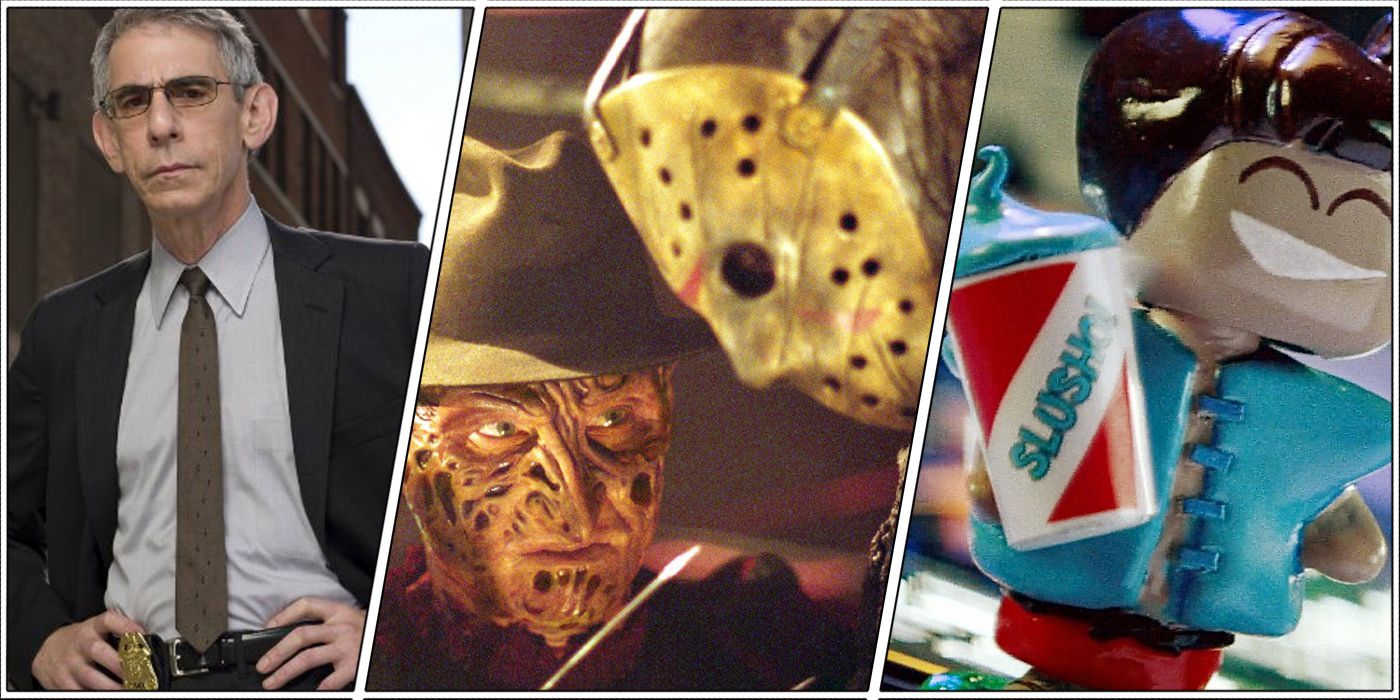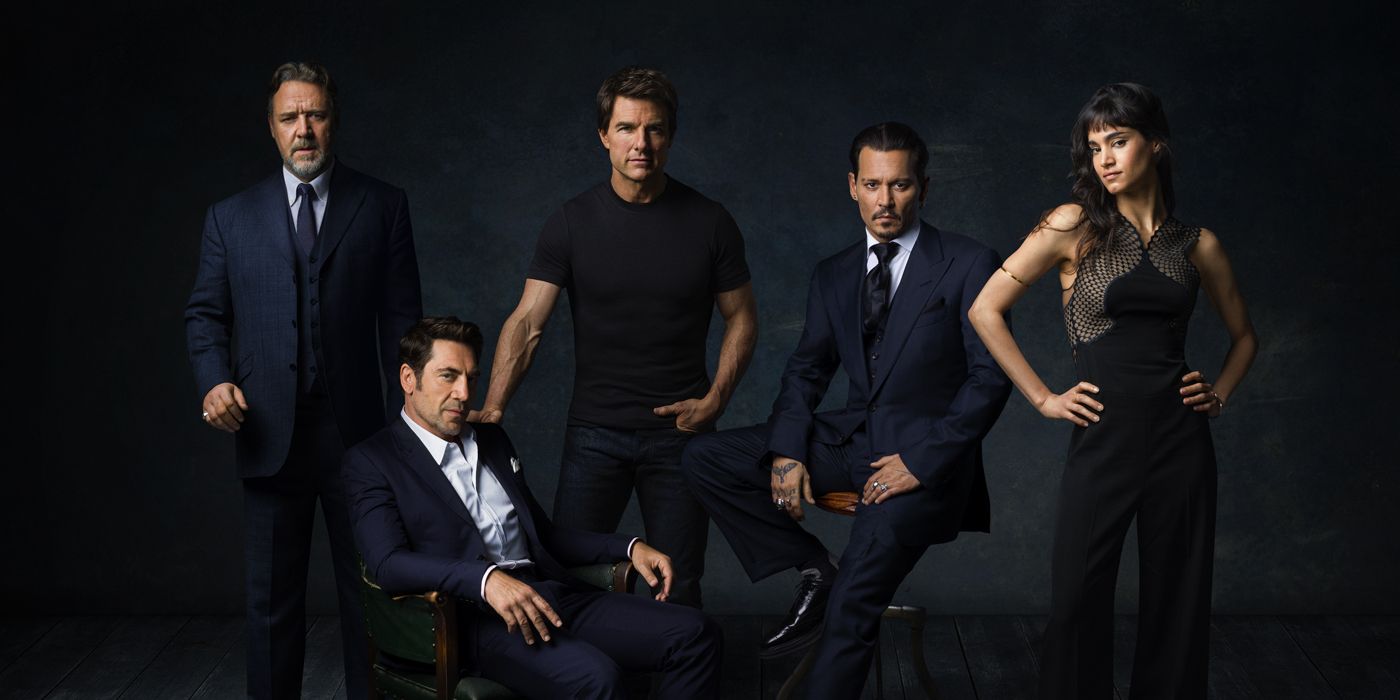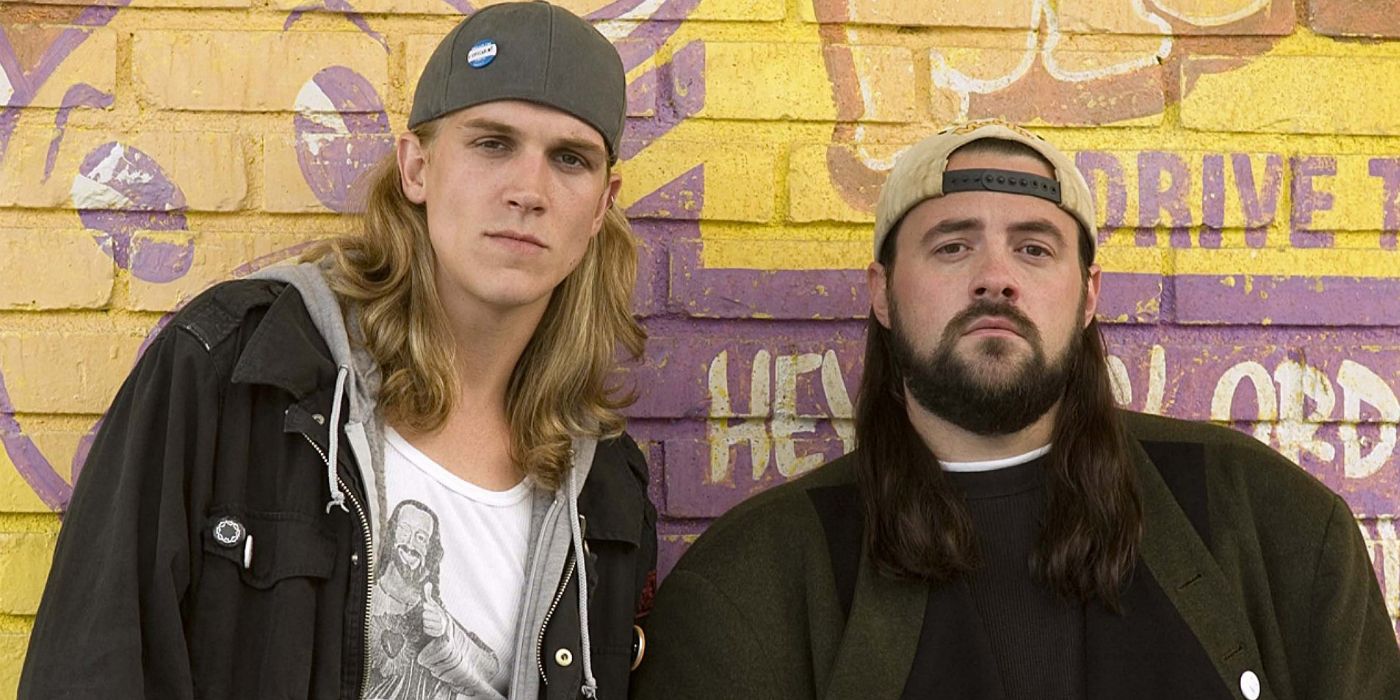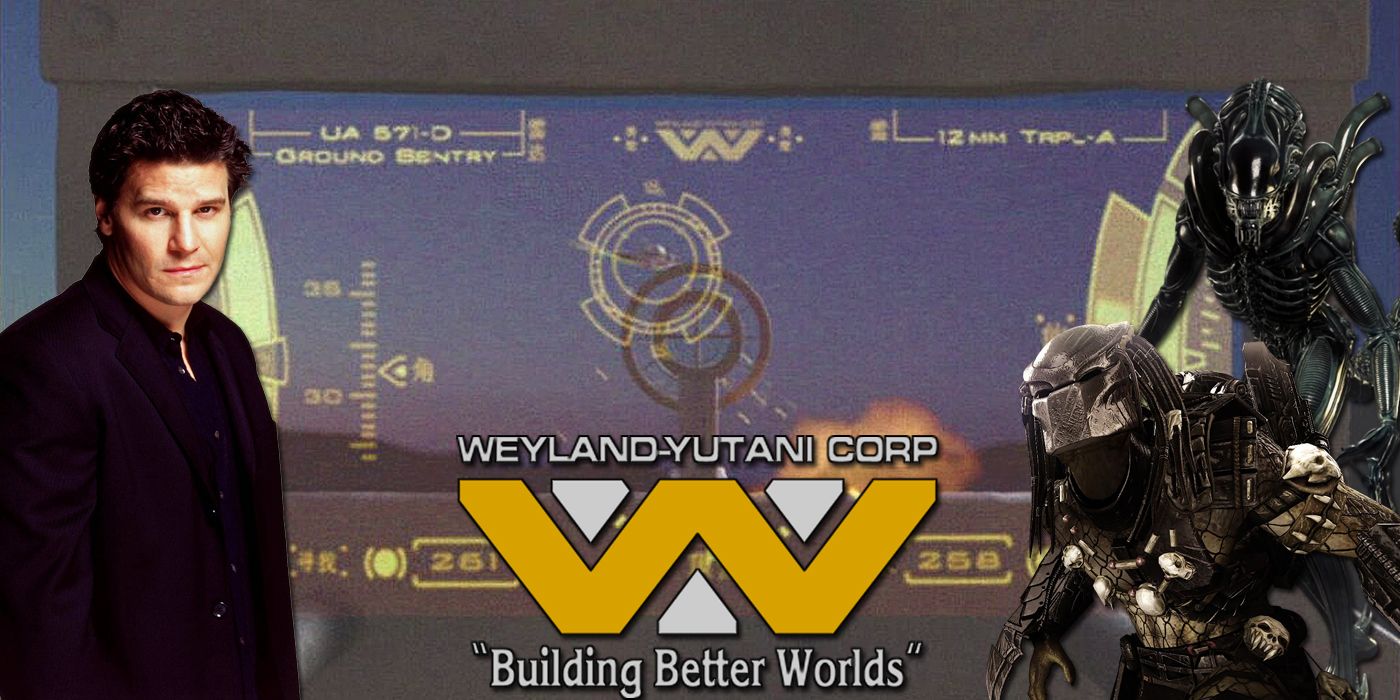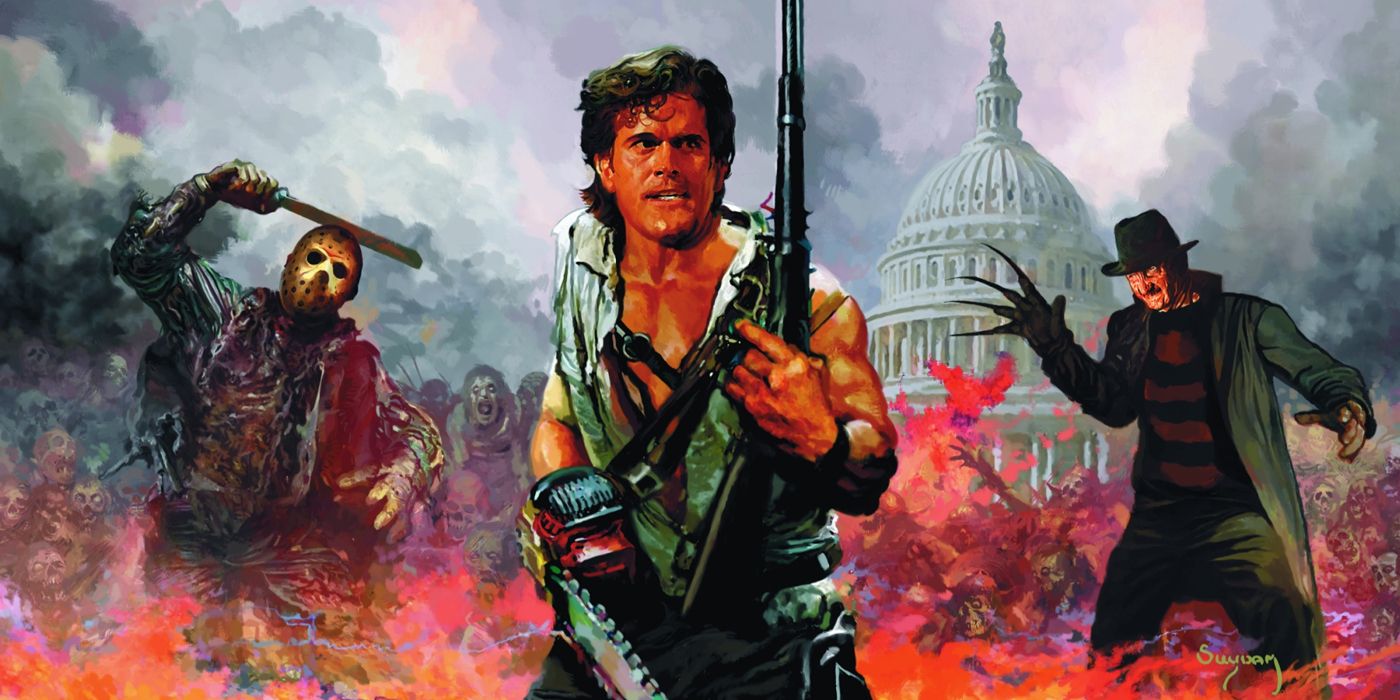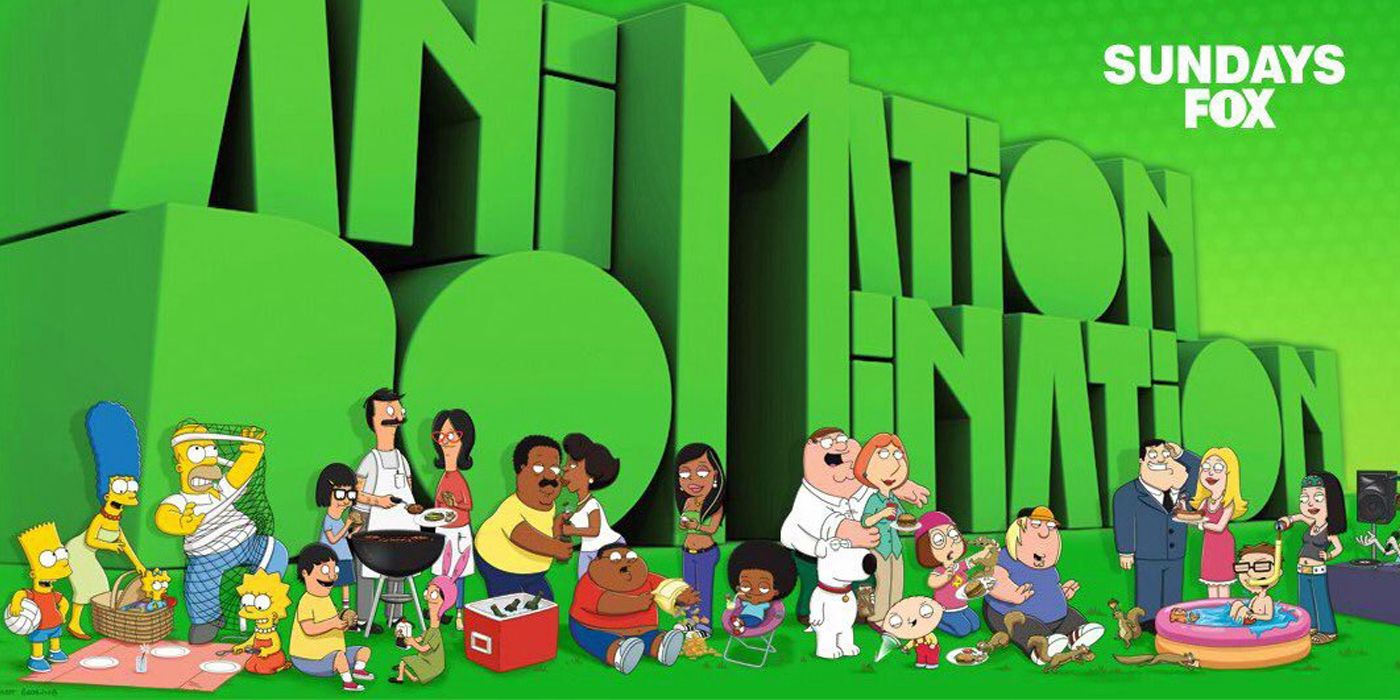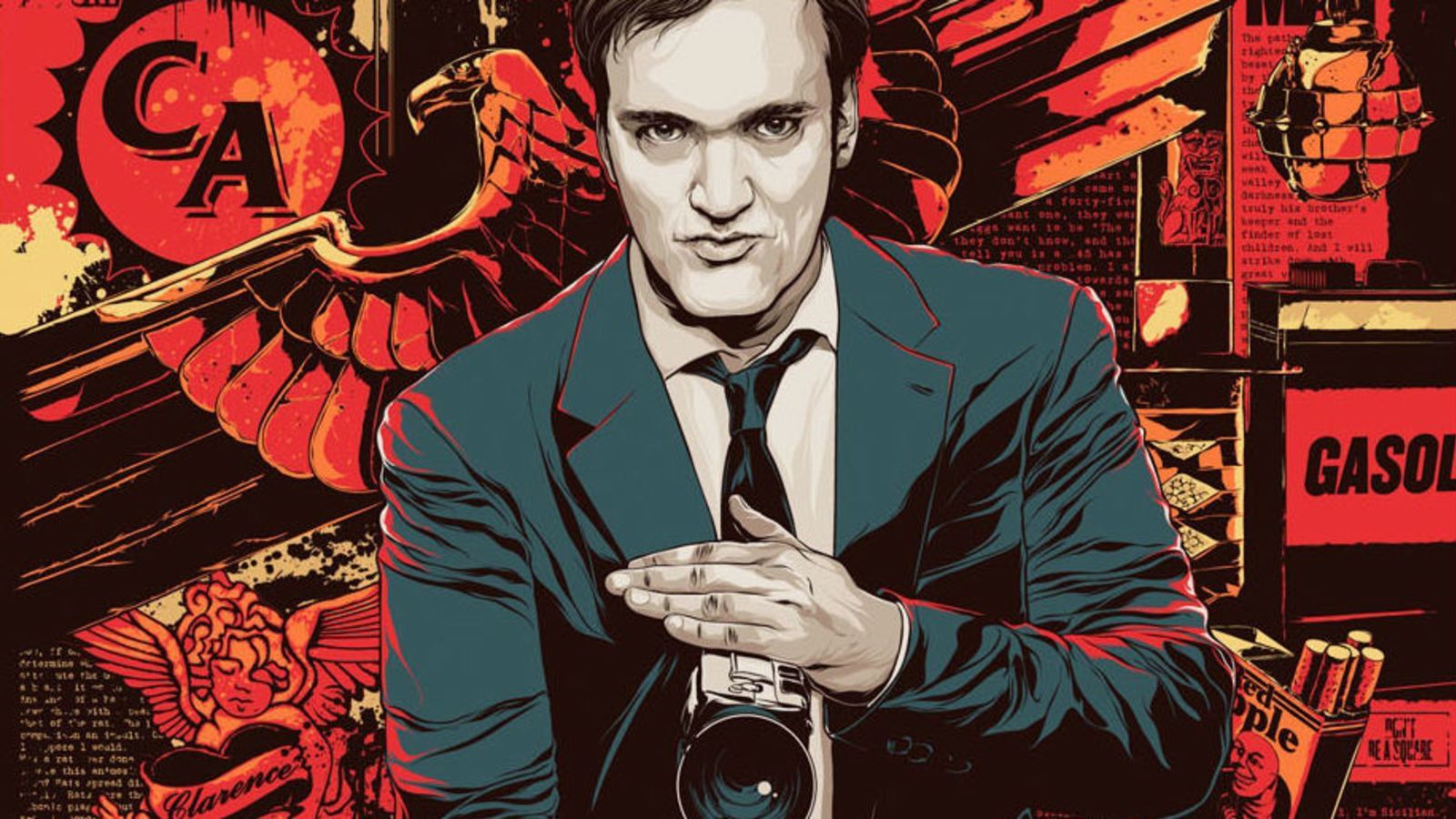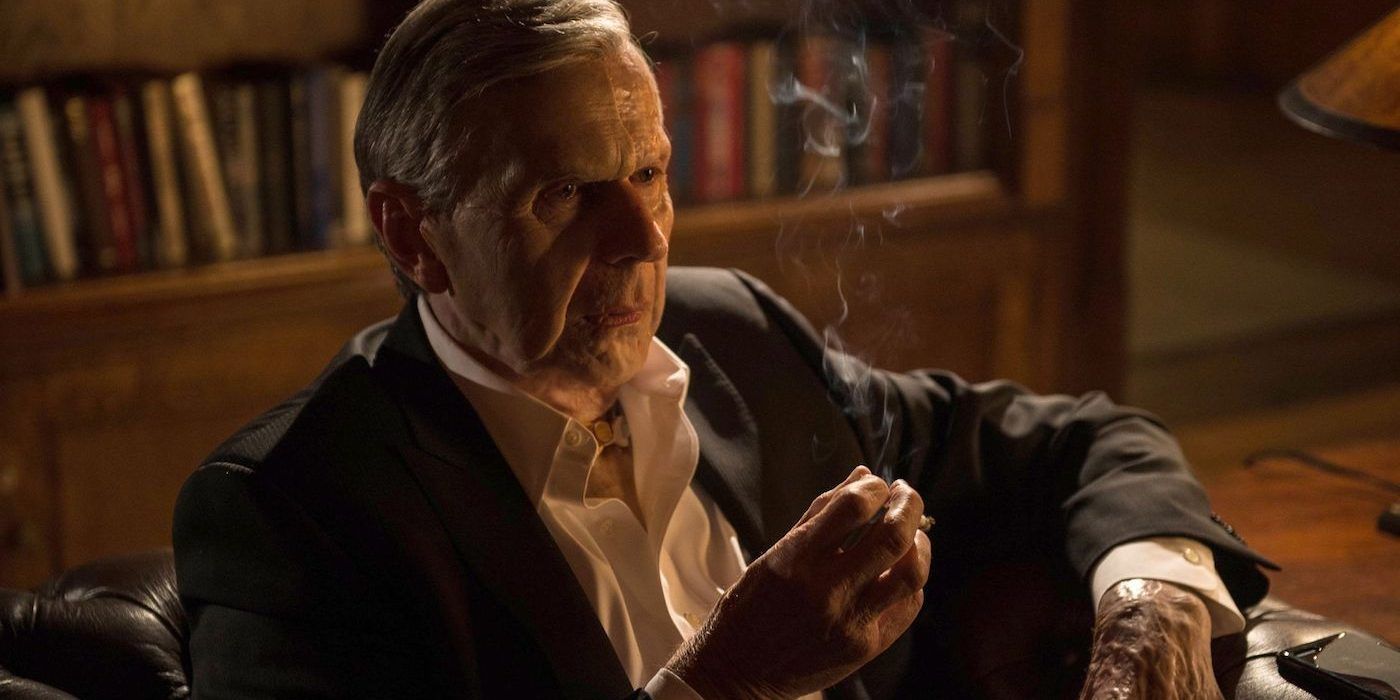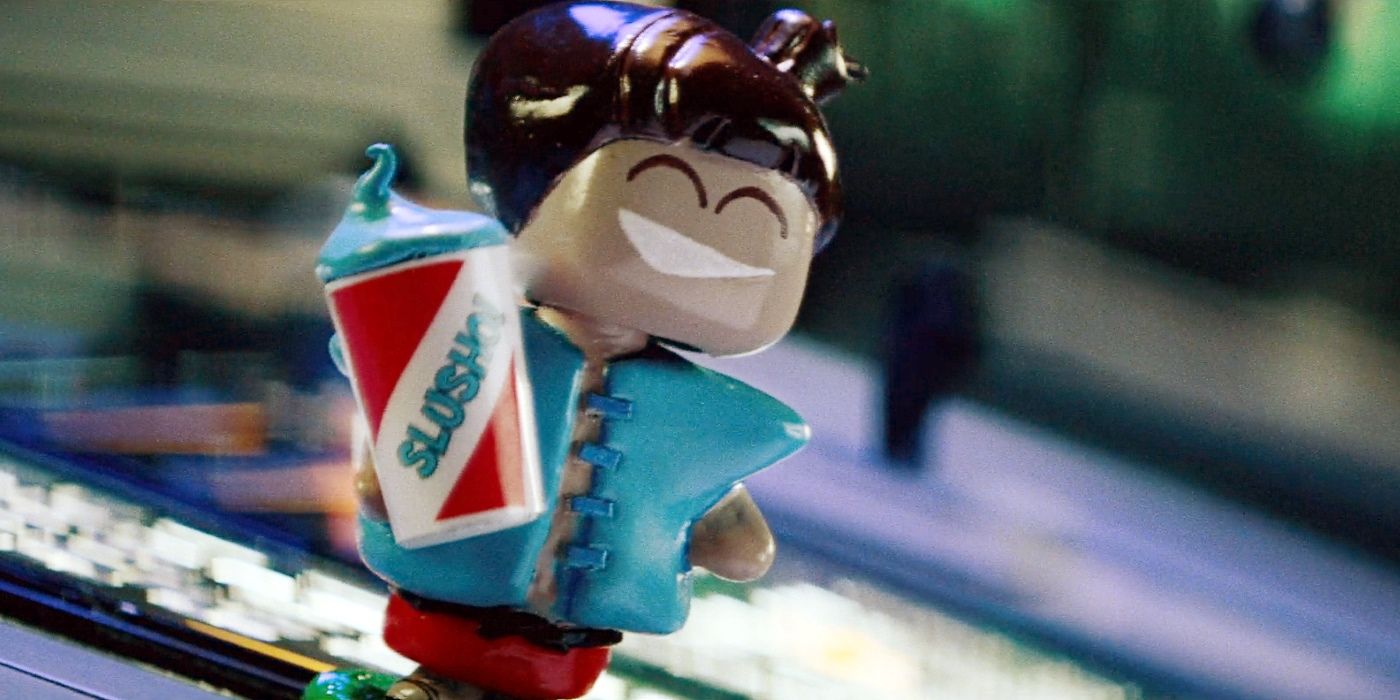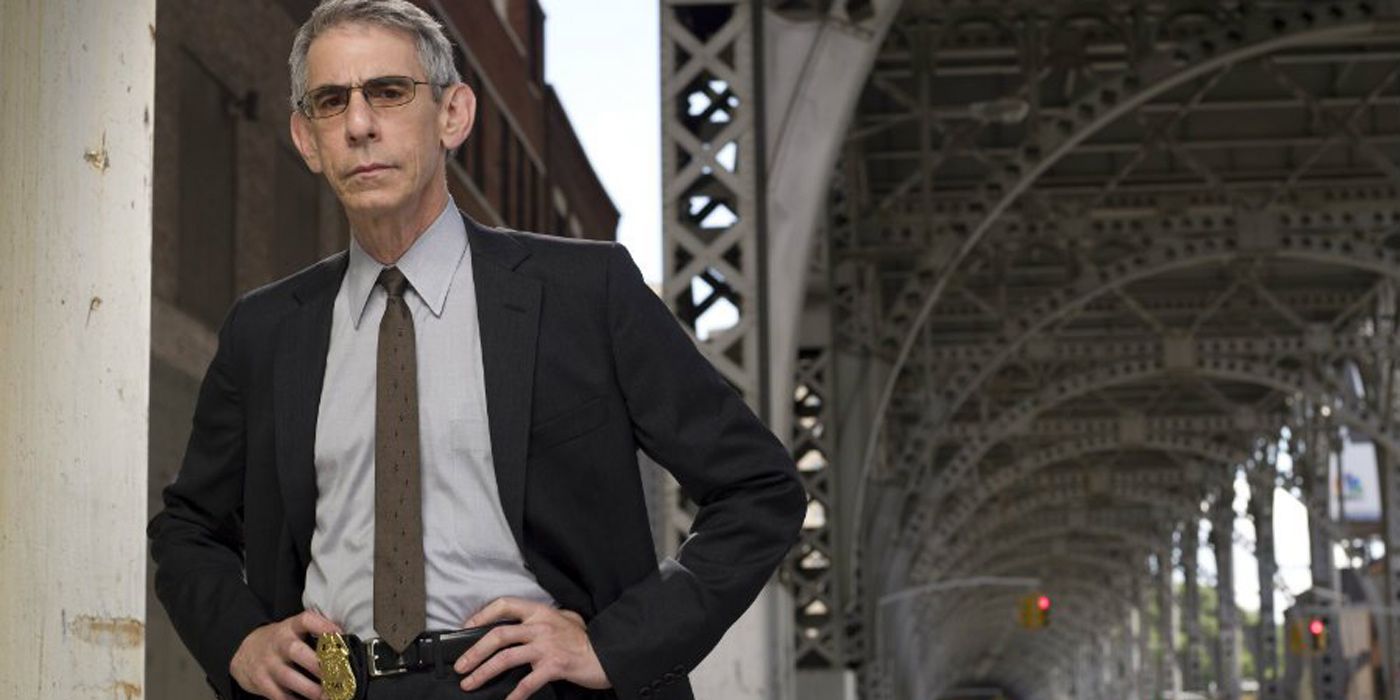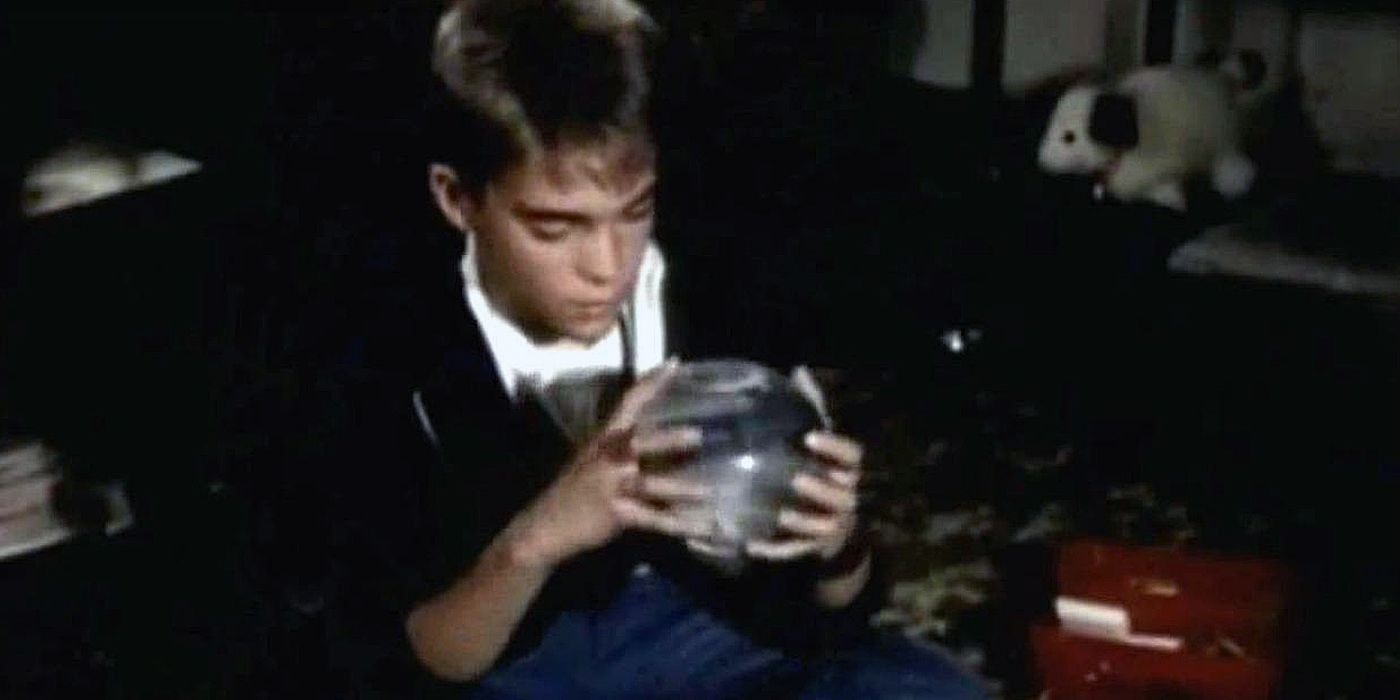With Avengers: Endgame heading to theaters for a re-release of the blockbuster Marvel Studios film, fans are able to again witness the culmination of over 20 movies that have spanned 10 years to create the Marvel Cinematic Universe. The MCU has become a shining example of how to make a shared cinematic universe work, but it's important to remember they were not the first to explore these interconnected waters.
The notion of a shared cinematic universe goes back as far as the Universal Classic Monster pictures that began crossing over with 1943's Frankenstein Meets the Wolf Man, or on a larger scale with 1962's King Kong vs. Godzilla. Both shared cinematic universes are attempting to reboot their respective franchises, with 2020 seeing the continuation of Legendary's developing MonsterVerse with Adam Wingard's Godzilla vs. Kong.
Today we are going to take a closer look at a few other shared cinematic universes from film and TV that you may have forgotten about, starting with one that's probably better left forgotten...
DARK UNIVERSE
We already mentioned the Universal Classic Monsters franchise of films, which ignited movie-goers love of horror and monsters as they watched film legends like Lon Chaney Jr., Bela Lugosi, Boris Karloff, and more bring monster movie icons like Dracula, Frankenstein, and the Wolf Man to life through incredible cinematic feats and makeup techniques that were ahead of their time.
When universal attempted to reboot this already established franchise under the Dark Universe banner, they kicked it off poorly by attempting to repurpose the already-in-production Dracula Untold as the first film in the franchise. When that failed Universal put all their eggs in Tom Cruise's basket with a reboot of The Mummy that attempted to launch other characters like Russell Crowe's Dr. Jekyll, though the movie's failure ended the Dark Universe before it got any worse.
VIEW ASKEWNIVERSE
Fans of director Kevin Smith might recognize the name of this particular shared cinematic universe as the same as his film company, View Askew Productions. Since his indie breakout film Clerks in 1994, Kevin Smith has been building a shared world with each subsequent film that is often tied together by the main stars of the franchise, Jay and Silent Bob.
While Jay and Silent Bob appear in almost every View Askewniverse film, there are other characters that are frequently mentioned, as well as specific View Askewniverse creation like the Mooby franchise of restaurants and theme parks that features in multiple films. The View Askewniverse crosses into other mediums as well, with an animated series, comic books, and a video game all set in the same shared universe.
WEYLAND-YUTANIVERSE
The Weyland-Yutani Corp. plays a large background role in the various films set in the Alien universe, including the more recent Prometheus and Alien Covenant sequels that heavily feature the greedy, morally bankrupt company. We also know that the Predator franchise and characters exist in the same cinematic universe, given their frequent crossovers in film, books, comics, and video games.
What goes largely forgotten is that writer/director Joss Whedon has also managed to include some of his best work into the Weyland-Yutaniverse as well. His series Angel (part of the Buffyverse) features the company as clients of Wolfram & Hart, while his fan-favorite series Firefly includes the Weyland-Yutani corporate symbol on a viewscreen in the opening scene of the series.
HORRORVERSE
It's important to note here that while evidence for these shared cinematic universes exist in the film, they may not be officially connected by studios or storylines. in a lot of cases, these connectors come in the form of easter eggs or shout outs between directors, such as the case with the HorrorVerse, or SlasherVerse as it is sometimes called.
When A Nightmare on Elm Street included a scene from Evil Dead on TV, director Sam Raimi included Freddy's glove in the background of Evil Dead II. The Evil Dead's Necronomicon would likewise subtly feature in the extended origins of Freddy Krueger and Jason Voorhees. And Bride of Chucky would include iconic items from these three characters as well as Michael Myers and Leatherface, further connecting the franchises until 2003's Freddy vs Jason made it official.
ANIMATION DOMINATION
While this shared cinematic universe doesn't really have a catchy name like the rest, most of the connected shows have shared airtime during the same block of Sunday night Fox programming known as Animation Domination. This block of programming has included shows like The Simpsons, Family Guy, American Dad, Bob's Burgers, The Cleveland Show, and many more.
Just airing on Fox at this time alone wouldn't connect these shows, but over the years the various characters have appeared on each other's shows multiple times, even crossing over other series like King of the Hill, Archer, Futurama, The Critic, Dr. Katz: Professional Therapist, and even South Park, which famously made fun of most of these shows during their "Cartoon Wars" two-parter.
TARANTINOVERSE
It should come as no surprise that the various films of director Quentin Tarantino are connected, as numerous characters share names or most commonly, familial connections across the films. There are also shared items like "Red Apple" cigarettes or the Big Kahuna Restaurant that appear throughout the films, but that isn't the only unique thing about the Tarantinoverse. Not content with creating a single shared cinematic universe, Tarantino instead has multiple shared universes at work at the same time, both real and fictional.
The "Realer Than Real" universe includes films like Reservoir Dogs, True Romance, and most importantly, Inglorious Basterds, which laid out the alternate history that makes up Tarantino's cinematic world. The other half of his world is the "Movie Movie Universe" that features films that exist within the "Realer Than Real Universe." This means films like Kill Bill, Natural Born Killers, and From Dusk Til Dawn would exist as movies in the "Realer Than Real Universe." These two connected universes are set to collide in Once Upon A Time In Hollywood...
MORLEYVERSE
The use of specific products in film and TV can also begin to establish a shared cinematic universe. For instance, the next time you're watching a TV show and your favorite character are eating a bag of familiar looking chips, you might notice the bag is labeled as "Let's Potato Chips" instead of the more familiar brand name. While this is a practical change to avoid paying for the use of brand names, it can lead to a shared continuity.
The MorleyVerse comes from a brand of cigarettes known as Morleys that can be seen in a number of TV shows and films, though they really began to get noticed when The X-Files introduced the chain-smoking Smoking Man, whose preferred brand of smokes was Morleys. Other connected series include the Buffyverse, The Walking Dead, Burn Notice, and even The Dick Van Dyke Show, which is largely credited with the first appearance of Morleys back in 1961.
SLUSHOVERSE
J.J. Abrams has had his hand in a number of film franchises over the years, most famously both the Star Trek and Star Wars film franchises were rebuilt on his work with their beginning films. Of course, Abrams has a number of other projects that don't have as many prior connections as the Star Trek and Star Wars universes... or so we thought. As it turns out, a number of Abrams projects are connected by a sugary-sweet product known as Slusho.
The highly-addictive drink first appeared in the background during an Alias episode and continued to appear on his connected series like Lost and Fringe. Slusho would then get a huge boost with the Augmented Reality promotions that were released for Cloverfield which revealed the sinister company called Tagruato. Tagruato is directly responsible for the events of Cloverfield and those related films, while even appearing in films like Star Trek Into Darkness, which also featured a cameo from R2-D2, adding those huge franchises to J.J. Abrams Slushoverse as well.
THE JOHN MUNCH THEORY
Detective John Munch was played by Richard Belzer and is without a doubt one of the most well-known detectives on television. Det. Munch first appeared on NBC's Homicide: Life on the Street, which soon began crossing over with other cop procedurals, including Law and Order.
Munch would make multiple appearances on Law and Order and it's various spinoffs before becoming a series regular on Law and Order: Special Victims Unit. Throughout this time, munch would appear on such shows like The X-Files, The Wire, Luther (mentioned by name), and even non-cop shows like Arrested Development.
THE TOMMY WESTPHALL THEORY
"The John Munch Theory" is not the only connective tissue in television. In fact, the series St. Elsewhere is actually responsible for connecting almost every single television show that has aired since St. Elsewhere hit the small screen in 1982. St. Elsewhere was a medical drama that featured a number of guest stars from various programs (including Homicide: Life on the Street), as well as similar locations, brand names, and numerous other connectors that would create a staggering shared universe spread across hundreds of TV shows.
However, the real meat behind "The Tommy Westphall Theory" comes from the season finale of St. Elsewhere, which revealed that all of the events that happened over the series six seasons actually occurred within the dreaming mind of young autistic Tommy Westphall. This means that by extension the hundreds of TV shows connected to St. Elsewhere are all just figments of young Tommy's imagination. Mind. Blown.

